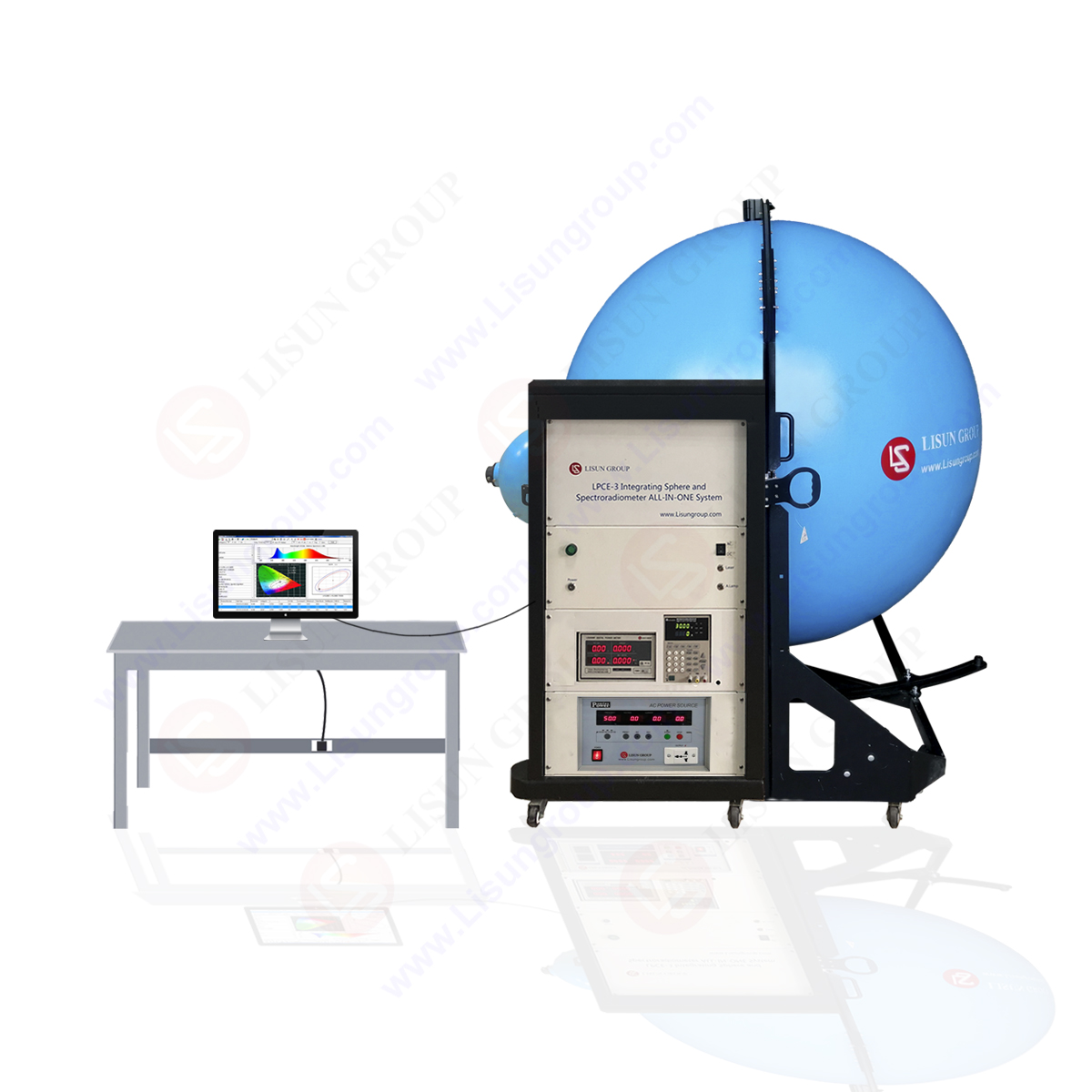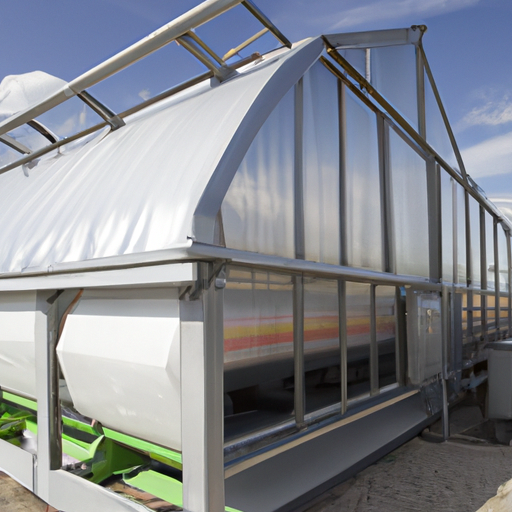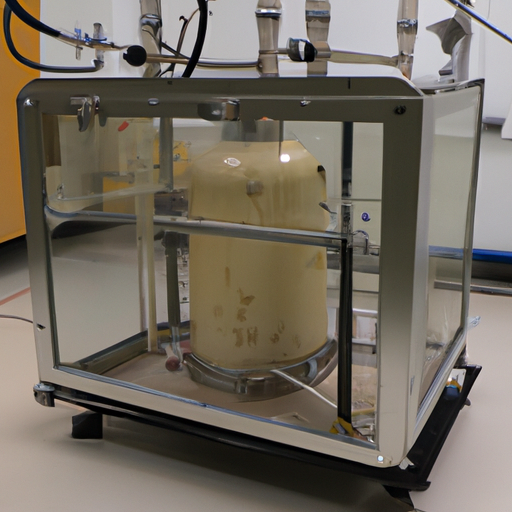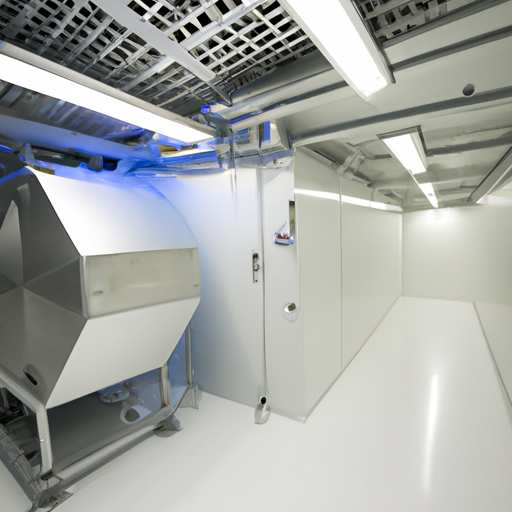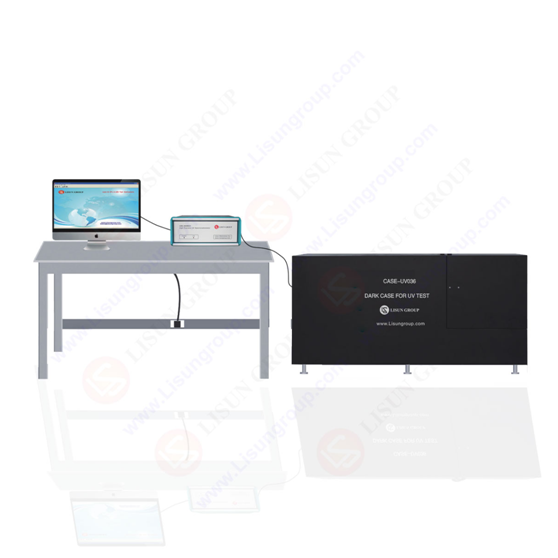Ultraviolet lamps can be used for ultraviolet sterilization, excitation fluorescence (fluorescence microscope, banknote detection), trapping and killing insects, and printing. Curing three-dimensional parts of different shapes and sizes, angles and bends, edges and bumps requires light to be projected onto all surfaces and should have sufficient energy. Generally, the lamp is composed of a lamp tube and a reflecting cover. The reflecting cover is used to collect and direct the beam onto the object. The reflecting cover is generally oval or parabolic.
However, due to the divergence of light, after this point, the irradiance decreases rapidly. With the parabolic lampshade, parallel ultraviolet beams can be obtained in a wide range, but the irradiance is low and shadows can be added to three-dimensional objects. Many three-dimensional objects in the industry require curing of “optically thick” coatings, which are coatings with high UV absorption. However, the energy density of ultraviolet light decreases rapidly as it passes through the coating, which is extremely detrimental to curing. To ensure adequate curing, the bottom of the coating also needs to be fully illuminated. And the thick coating contains a lot of pigments and additives, which is not conducive to light transmission. Complete curing is only possible with high-irradiance UV light. When painting flat substrates, an elliptical reflector can be used to focus the highest radiometric area (ie the focal point) on the coating. However, the curing of three-dimensional objects is much more difficult to achieve.
With a compact modular luminaire system, you can track the outline of an object or illuminate certain areas. Correcting the concave portion of the elliptical surface of the microwave power lamp can change the focus of the light, make the focus farther from the lamp surface, and thus make the focusing surface wider. Although this will reduce the peak value of radiance, it can make the intensity of the light more uniform, and you can get enough irradiation far away from the lamp, while maintaining the advantages of concentrated and divergent light, and reducing the appearance of shadows. See Table 1 for comparison. Table 1-Comparison of radiometric peaks (unit: watts / cm2), lamps with 240 watts / cm (600 watts / feet) Distance between lamp and object: reflector type
In view of the above functions of the UV lamp, the parameters of the UV lamp and how to test the UV lamp are particularly important. LISUN LPCE-2(LMS-9000BUV) UV Lamp Test System is used to test the UV lamp (light source) Spectrum, Radiant, Efficiency, CRI, CCT, UVA, UVB, UVC radiant and electric parameters.Spectral Range Wavelength: 200-400nm(UV). The whole system includes the LMS-9000BUV High Precision UV Spectroradiometer,CFS-1.2M Silica Fiber,CASE-UV036 Dark Case for UV Test ,SLS-UV UV Standard Light Source with Calibrate Current (Optional).
Here is photo below shows the test system:
Lisun Instruments Limited was found by LISUN GROUP in 2003. LISUN quality system has been strictly certified by ISO9001:2015. As a CIE Membership, LISUN products are designed based on CIE, IEC and other international or national standards. All products passed CE certificate and authenticated by the third party lab.
Our main products are Goniophotometer, Spectroradiometer, Integrating Sphere, LED Test Instruments, CFL Test Instruments, Photometer and Colorimeter, EMC & EMI Testing, Surge Generator, Electrical Safety Testing, Environmental Test Chamber, IP Waterproof Test Equipment, Dustproof Test Chamber, High and Low temperature Humidity Chamber, Plug and Switch Testing, AC and DC Power Supply.
Please feel free to contact us if you need any support.
Tech Dep: Service@Lisungroup.com, Cell/WhatsApp: +8615317907381
Sales Dep: Sales@Lisungroup.com, Cell/WhatsApp: +8618917996096
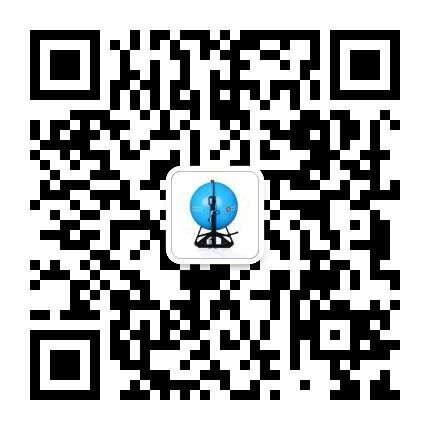
 中文简体
中文简体
